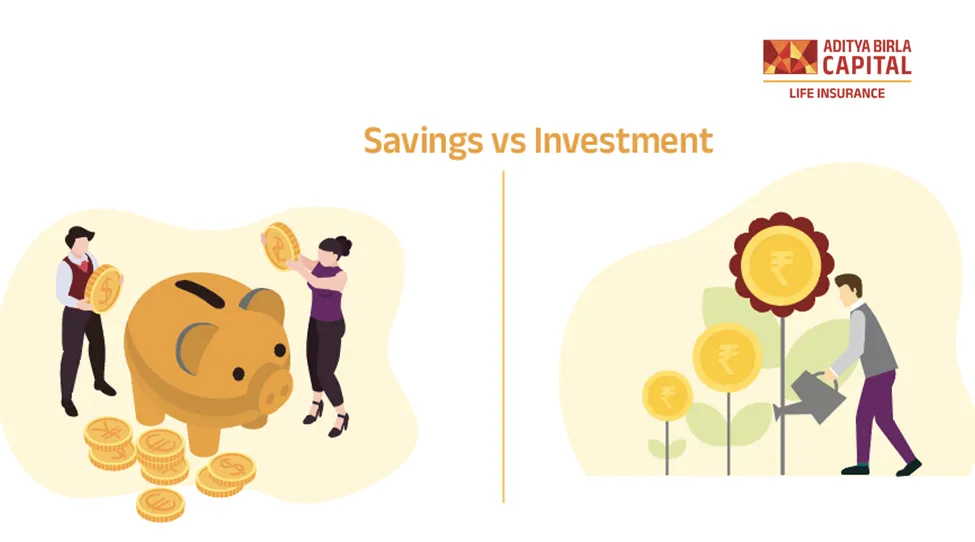Have you ever found yourself puzzled over the terms "savings" and "investment"? It's quite common to hear these words thrown around, sometimes interchangeably, but do they mean the same thing? Not quite! Both play crucial roles in our financial well-being, especially when we're plotting a course towards a financially secure future. Let's embark on a simple journey to untangle these concepts, ensuring you can make informed decisions about your money. Ready to dive in?
What Are Investment Plans?
Investment plans are essentially your financial gym where your money gets to exercise and grow stronger over time. They are designed for individuals looking to increase their wealth through various financial instruments such as stocks, bonds, mutual funds, or real estate. The idea is to put your money into ventures that have the potential to earn higher returns compared to traditional saving avenues, albeit with an associated risk. Think of it as planting a seed today, nurturing it, and watching it grow into a fruitful tree tomorrow. Investment plans are best suited for long-term goals like retirement planning, buying a house, or funding your child's education.
What Are Savings Plans?
Savings plans, on the other hand, are like your financial safety net. They are all about setting aside a portion of your income regularly into safer and more liquid options like savings accounts, fixed deposits, or recurring deposits. These plans are designed to help you accumulate funds over time for short-term goals or emergencies, offering stability and easy access to your money when you need it most. The returns on savings plans are usually modest, but the risk is significantly lower compared to investment plans. It's akin to keeping your money in a piggy bank; it's safe, readily available, and slowly grows with interest over time.
Understanding the difference between savings and investment plans is crucial for managing your finances effectively. By recognising the unique benefits and purposes of each, you can craft a financial strategy that aligns with your personal goals, risk tolerance, and time horizon. Whether you're saving for a rainy day or investing for a sunny future, starting early and making informed choices is the key to achieving financial success.
Difference Between Savings and Investment Plans
To make the distinction clearer, let's lay out the differences:
|
Feature
|
Savings Plans
|
Investment Plans
|
|
Purpose
|
To accumulate wealth gradually for short-term goals or emergencies.
|
To grow wealth significantly over a longer period for future financial goals.
|
|
Risk
|
Low risk, as they are usually placed in safer financial vehicles.
|
Higher risk, considering the potential for higher returns through market-linked instruments.
|
|
Returns
|
Modest returns, reflecting the lower risk involved.
|
Potentially higher returns, in line with the greater risk.
|
|
Liquidity
|
High, allowing easy access to funds when needed.
|
Variable, often lower than savings due to the nature of the investments.
|
|
Time Horizon
|
Short to medium-term, suitable for immediate to near-future needs.
|
Long-term, ideal for goals several years in the future.
|
|
Examples
|
Savings accounts, fixed deposits, and recurring deposits.
|
Stocks, bonds, mutual funds, real estate investments.
|
How Much Should You Save or Invest?
Deciding how much of your income should go into savings versus investments can be akin to finding the right balance in a diet. Just as too much of one food group can throw your health off-balance, over-allocating resources to either savings or investments can impact your financial health. A general rule of thumb is the 50/30/20 budgeting method, where 50% of your income goes towards necessities, 30% towards wants, and 20% into savings. However, from this 20%, you can decide based on your risk tolerance and financial goals how much to further allocate into savings and how much into investments.
For a young professional with a higher risk tolerance and a long time horizon before retirement, allocating a larger portion to investments might make sense. Conversely, if you're nearing retirement or have short-term financial goals, you might prefer to tilt the balance towards savings. It's all about personal circumstances, goals, and comforts with risk.
Conclusion
Understanding the differences between savings and investment plans is crucial in navigating the financial landscape. While savings provide a secure foundation, investments offer the potential for wealth growth. Balancing the two is an art and a science, dependent on individual goals, risk tolerance, and time horizons. Remember, it's not about choosing one over the other but about how best to use both to secure and enhance your financial future. Start with clear goals, assess your risk appetite, and allocate your resources accordingly. Your financial journey is unique to you, and with the right mix of saving and investing, you're setting the stage for a prosperous tomorrow.










